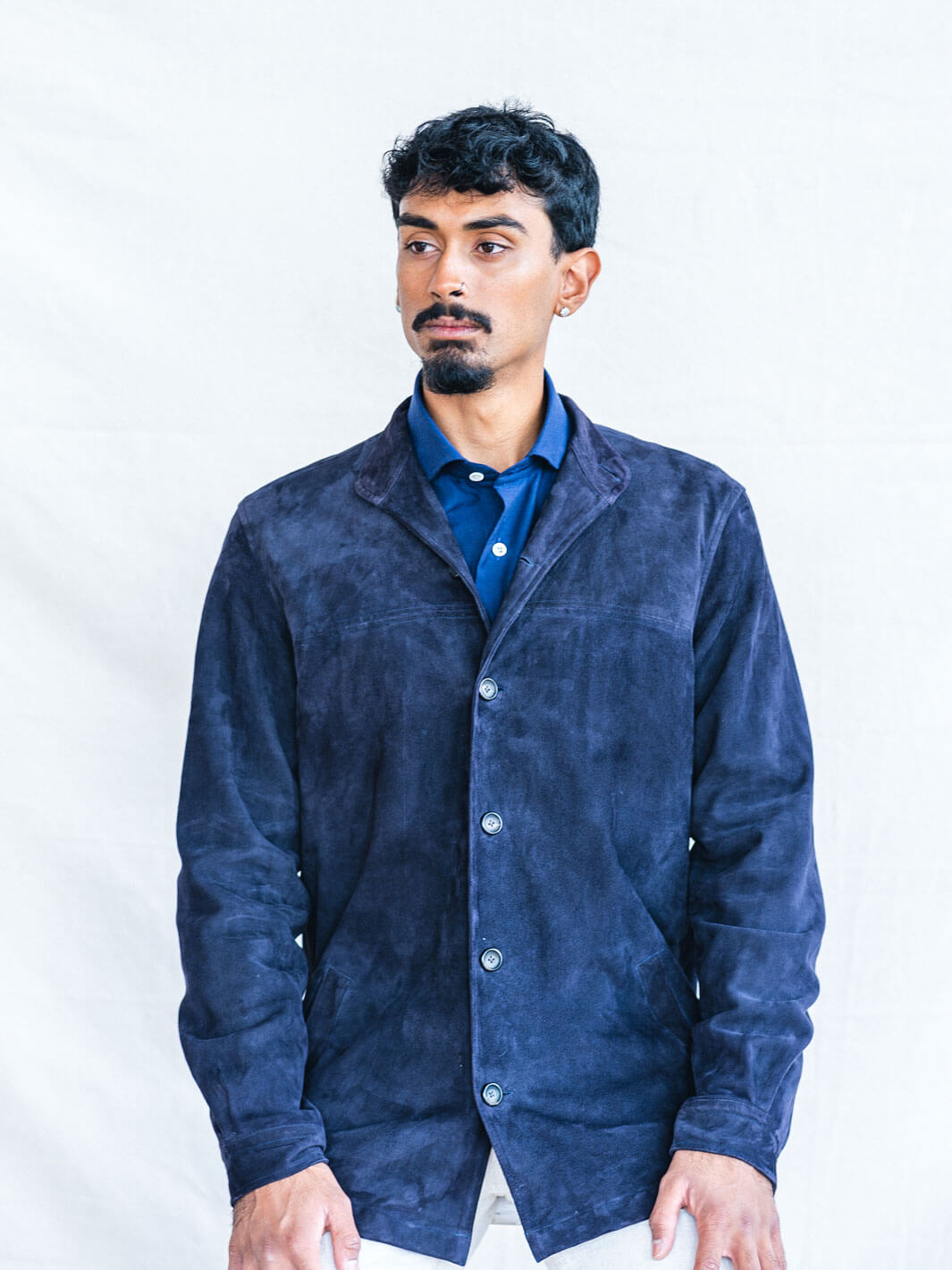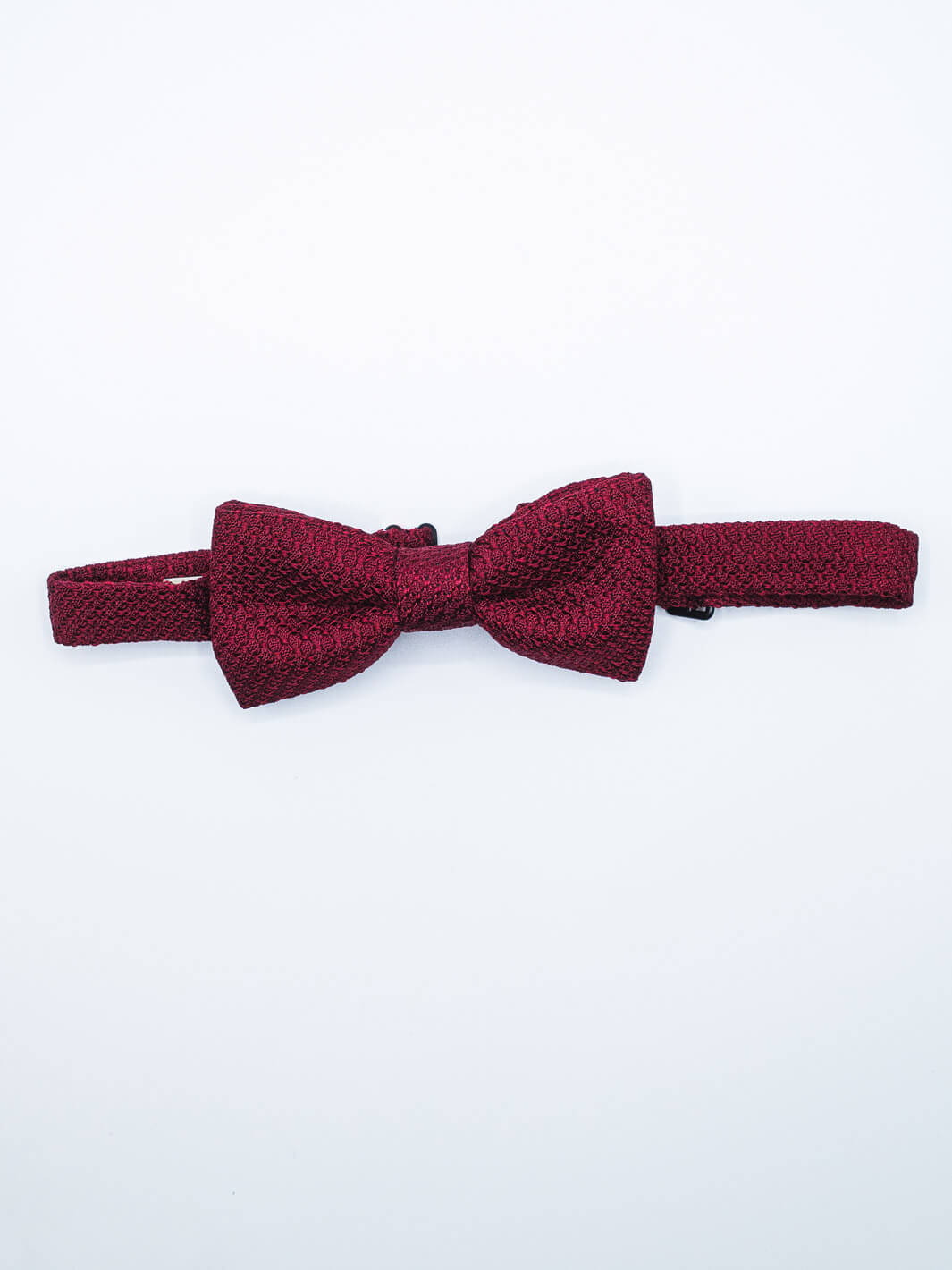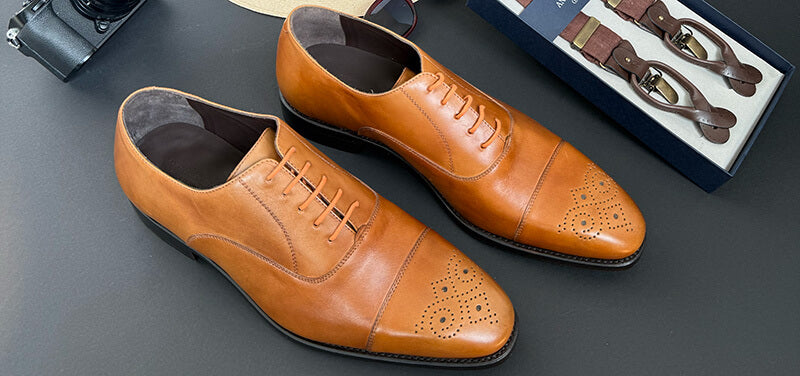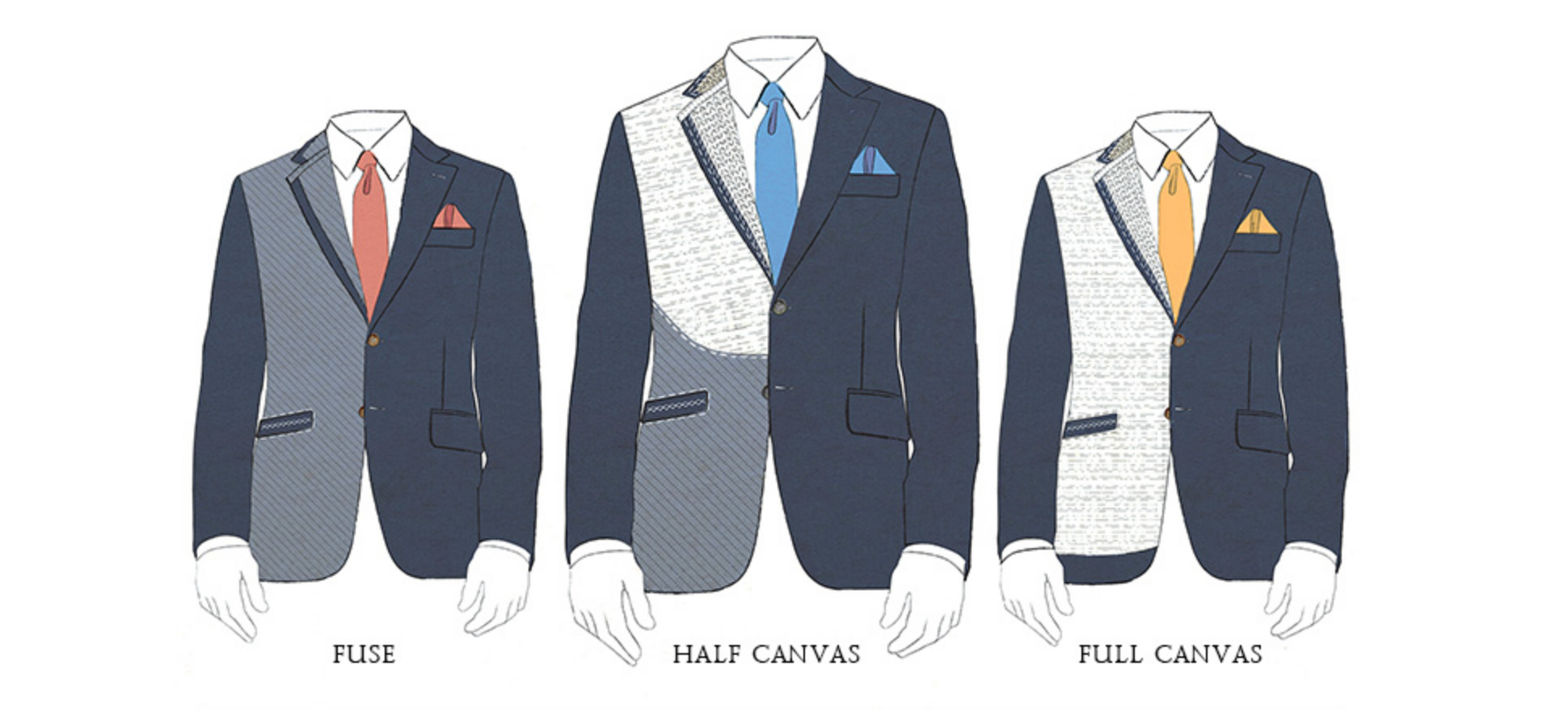What truly makes a good jacket? This is a common question. Today's topic will cover canvas and its history, the three types of jackets, and how you can tell if your jacket has canvas built-in.

1. What Is Canvas?
Canvas consists of a material called horsehair and it's located between the fabric shell and the lining.
2. History of Canvas
Originally all jackets were constructed using horsehair canvas. This canvas in particular helped hold the shape of the jacket—similar to a foundation in a home. The fabric was then cut and stitched to the canvas. Through years of wear, the canvas not only conformed to a person's body, but it kept its shape—preventing it from sagging and losing its original contour. The canvas lining allowed the suit fabric to drape naturally, giving it an elegant silhouette.

3. What Are the Three Types of Jackets?
Fused/Glued:
In today's market, there's always an increased demand for fast production and less costly alternatives. Both half and full canvas jackets not only take longer to make, but in fact cost much more due to their labor-intensiveness and the level of handwork involved. Compared to conventional horsehair canvassing methods, a fused garment is glued to the fabric, recreating the firmness that typically occurs with a canvas jacket.
One major drawback of fused jackets is the fact that the fusing/glue weakens over time after dry-cleaning and pressing. Occasionally the fusing/glue could be undone, generating a bubble on the front panel and even lapel. Even with today's improvements in fusing materials, generally speaking, the coat will never last as long as a half or full canvassed jacket, and will not contour to the body of the wearer.
On the bright side, the benefits of a fused jacket are its low cost and high availability.
Half-Canvas:
Half-canvas jackets consist of canvassing located in the chest and the lapel of the coat. Anything else in the jacket is fused.
Jackets consisting of half-canvas have several benefits. For one, the cost is much lower than a fully-canvassed jacket because the labor costs are reduced. Since the upper half of the jacket isn’t fused, you will not have any bubbling in the top half or lapel, which gives longevity to the coat. Also, the extra canvassing provides the proper base for the jacket to drape naturally across your chest, rather than appearing stiff and lifeless as many fused jackets do.
Between full-canvas and fusing, half-canvas is a great compromise. The half-canvas jacket is a great happy medium when it comes to pricing and longevity. Since there is no glue, the jacket will mold to your body the more you wear it without breaking the bank.
Browse our ready-wear, half-canvas jackets.
Full-Canvas:
A full-canvas jacket is considered to be the highest standard in men's jacketing. This pinnacle of craftsmanship was historically very common and worn daily. Over time, the canvas would shape itself to the wearer, creating a superbly fitting jacket and actually improving its shape the more one wore it.
Nowadays, it is not as common to find full-canvas jackets due to the level of detail, handwork, and effort it takes to produce. The jacket's canvassing is located in the chest and lapel just like half-canvassing, but—as the half-canvas is fused past this point—the full-canvas jacket uses canvassing for the whole front piece.
If you can afford this type of jacket it is well worth it for its longevity and phenomenal quality, but be aware that pricing isn't cheap. You get what you pay for, of course.
Book an appointment for a bespoke, full-canvas jacket.

4. How Can I Tell if My Jacket Is Canvassed?
Pinching is a terrific way to rule out whether your jacket is fused or canvassed. Start off by feeling the sleeve of the jacket to get a good sense of the wool's thickness. The sleeves on a jacket never have canvassing. On a full-canvas suit, pinch beneath the cloth below the bottom buttonhole. On a half-canvas, pinch above the first buttonhole. Lightly pull the layers apart, and if you feel a third layer in-between the lining and the fabric shell, then your coat has a canvas. If you do not feel this third layer, or the fabric feels thicker & stiffer, then this means your jacket is fused.
Another way to figure out if your jacket is canvassed is to look closely behind the lapels. By looking precisely on the inside of the lapel, you will oftentimes find tiny stitches holding the fabric together. In a fused garment, there will be no such thing. This is a more difficult test, and sometimes it is virtually impossible to see in normal lighting.
With fusing technology becoming better and better, sometimes it's not always as thick and stiff as it traditionally once was, making it a bit more challenging to determine if the jacket indeed does have a canvas. Try the tests above and find out what you can from the manufacturer. Or better yet, buy a jacket from Anatoly & Sons.









